Choosing wind over water?
Improvements in wind energy technology can not only benefit India’s energy profile, but also enhance relations with neighbouring countries
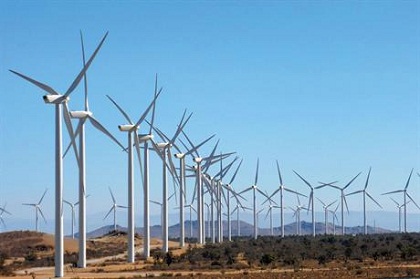 Courtesy: Wind Power Monthly
Courtesy: Wind Power Monthly
Improvements in wind energy technology can not only benefit India’s energy profile, but also enhance relations with neighbouring countries
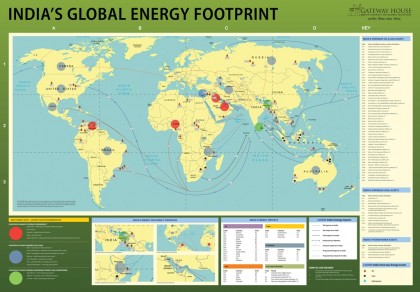 Courtesy: Gateway House
Courtesy: Gateway House
Trends in technology, geopolitics and geoeconomics have dramatically transformed the global energy scenario in the last two years. This means favourable conditions for import-dependent India, which must use the opportunities available to reduce its vulnerability to high energy prices. The jump in oil prices past the $60 mark suggests that India must act with alacrity. India’s Energy Footprint Map offers a profile of India’s global trade and investment in energy, and indicates what India can do to access cheap and reliable supplies
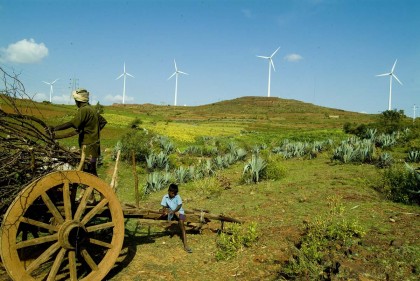 Courtesy: Wikipedia
Courtesy: Wikipedia
After the recent WTO ruling against India on the issue of local content of solar panels, India must revise its renewable energy strategy in favour of wind power. Instead of imported solar panels, India’s renewable capacities can use locally-manufactured windmills.
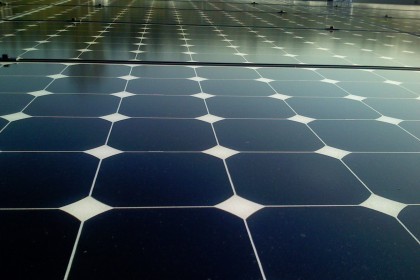 Courtesy: Wikipedia
Courtesy: Wikipedia
The WTO judgment on the India-U.S. dispute on solar panels shows how rules across different international regimes – climate change, trade and nuclear power – favor the countries which set those rules. India must deepen its participation in such multilateral fora to protect its interests.
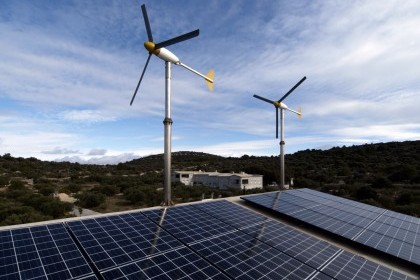 Courtesy: Wikipedia
Courtesy: Wikipedia
Village-scale solar powered minigrids are the most promising path for India to meet its linked aims of GDP growth and access to electricity for all. The Ministry of New and Renewable Energy is already active on this front, but a comprehensive and standardised national minigrid policy that facilitates private sector involvement and eases financing, will allow this model to flourish
 Courtesy: epSos.de / Flickr
Courtesy: epSos.de / Flickr
Developments in electric vehicles, battery technology, and renewable energy can make oil, coal, nuclear power interchangeable, if the appropriate technology is developed and marketed well. And since the benefits include a permanent cap on energy prices, India must promote its own industries in these areas and not remain a passive beneficiary.
 Courtesy: Columbia Business School
Courtesy: Columbia Business School
In this book Clifford provides a behind-the-scenes look at what companies in nine Asian countries are doing to build businesses that will lessen the environmental impact of Asia's extraordinary economic growth.
Even though the Indian government is reformulating policies in order to increase investments in the clean energy sector, challenges such as a lack of policy consistency and poor implementation of established rules, are hampering the country’s renewable energy initiative
 Courtesy: wikimedia
Courtesy: wikimedia
India’s power sector is currently facing a coal shortage with Coal India unable to keep pace with demand. Nuclear power is a cheaper and more reliable alternative for generating electricity as compared to coal
 Courtesy: Wikimedia Commons
Courtesy: Wikimedia Commons
The World Bank report highlighting the need for far-reaching reforms in the power sector underlines the necessity for the centre and state governments to arrive at a political consensus. The model of cooperative federalism advocated by Prime Minister Modi has the potential to transform the electricity scenario